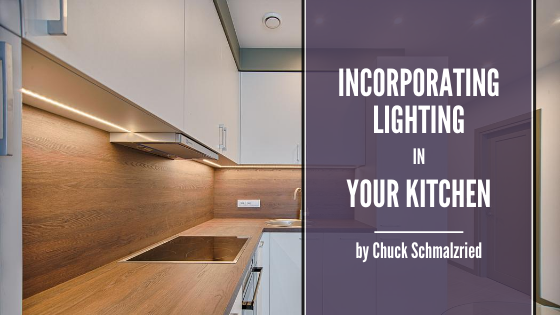When designing or revamping your kitchen, it’s easy to focus solely on appliances. However, lighting is crucial for both functionality and comfortability. The various light sources in your kitchen produce layers of light to brighten up your kitchen — and life.
There are three types of lighting: general for basic light, task light that illuminates specific tasks, and accent lighting focusing on art and architecture, such as molding or open cabinets. Some lights can even have a multitude of purposes. Consider pendant lights or chandeliers that combine both aesthetics and function in one.
Overhead lighting is an excellent example of general lighting (also known as ambient) and will ideally be dispersed evenly around the room. Recessed fixtures splashed around the ceiling help achieve this even more. The higher and brighter your fixtures, the more light your kitchen will receive.
Fixtures that light up a sink or stovetop are considered task lighting. More homes now incorporate under-cabinet lighting to illuminate counters; a modern example of task lighting. LED strips or puck lighting both work well under kitchen cabinets.
The desired use of light should determine its position. For example, a central light over an island cooktop allows you to create delicious meals. However, if your island is more for entertaining, pendant light will due. Hang pendants at least 30 inches apart and at least six inches from the edge of your kitchen island. If you want to illuminate a walkway, consider strip lights, also referred to as toe lights.
The work isn’t quite done once fixtures and locations are chosen, however. The bulbs that sit into those fixtures impact how your kitchen looks and feels, too. A soft, yellow incandescent bulb is good for recessed lights, and halogen produces crisp light that can illuminate tasks. The wrong bulb can create a light that is harsh, hard on the eyes, or too dull for the given space.
If you aren’t a fan of fluorescent lights, it might be time to give them a second thought. Modern options come in various colors and cost very little to operate. Thanks to LEDs, you can choose the color, brightness, patterns, or even make them sound-responsive anywhere in your kitchen.
Of course, natural light from a window or skylight can be the perfect finishing touch for your kitchen if you are lucky enough to have this.

